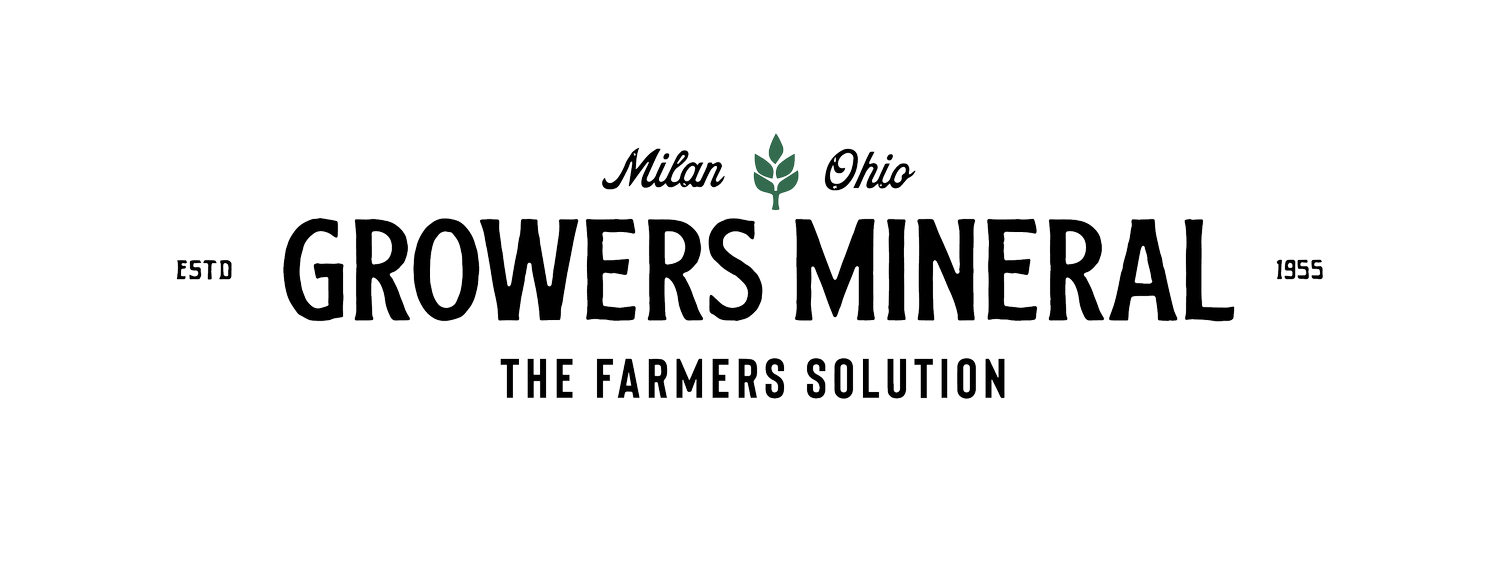Hidden in a Soil Test
In exposing the hidden potential values of foliage-feeding GMS, this nugget of information showed up in a soil test data set.
The soil samples were taken both top and subsoil every Sunday evening. Below is the month of June recordings. The soil samples were taken from a grid pattern in a clover/hay field. The shading shows that a foliage feeding was done that week.
Note the phosphate number (circled) in the shaded bar. Then look down in the column at the weeks after the foliage feeding.
While we were mildly surprised on the topsoil figure doubling, we were taken aback by the subsoil figure rising by more than double.
So, if one considers that there is an average of 10,000 lbs. of phosphate in an acre in clay based topsoil (not sandy soil), is an application of GMS helping the biology "draw" more of the natural phosphate into solubility enough so that a soil test can detect it?
Is this one of the reasons that a farm that averages 8 gallons/year GMS on seed and foliage feeding on a corn/soybean rotation for over 50 years, with no other dry or manure fertilizers, still shows above adequate phosphate levels?
If this effect is happening, it would lend credence to a customer spraying GMS on a soybean field just before it started to ripen. While he noted little to no yield gain with the soybeans, the winter wheat planted after the harvest showed a deep green color wherever the sprayer went in the soybeans. Did the soybeans act as a conduit for the GMS to stimulate biology that benefited the following crop in such a dramatic way?
Is that the beginning of the cumulative effect Joe was quoted as saying earlier?
There are many of you who have asked these questions, and this test is the first that validates many long-term GMS product an program users' observations.
It seems that this test and some of the other experiments done over the last year have caused many of you to conduct different tests yourselves.
If you need a result of your home test or lab work done on it, give me a call.
Sounds like a lot more information will be forthcoming on this topic soon!
This is an excerpt from the Winter Growers Solution (2022).
Signup for our newsletter to stay in the loop

